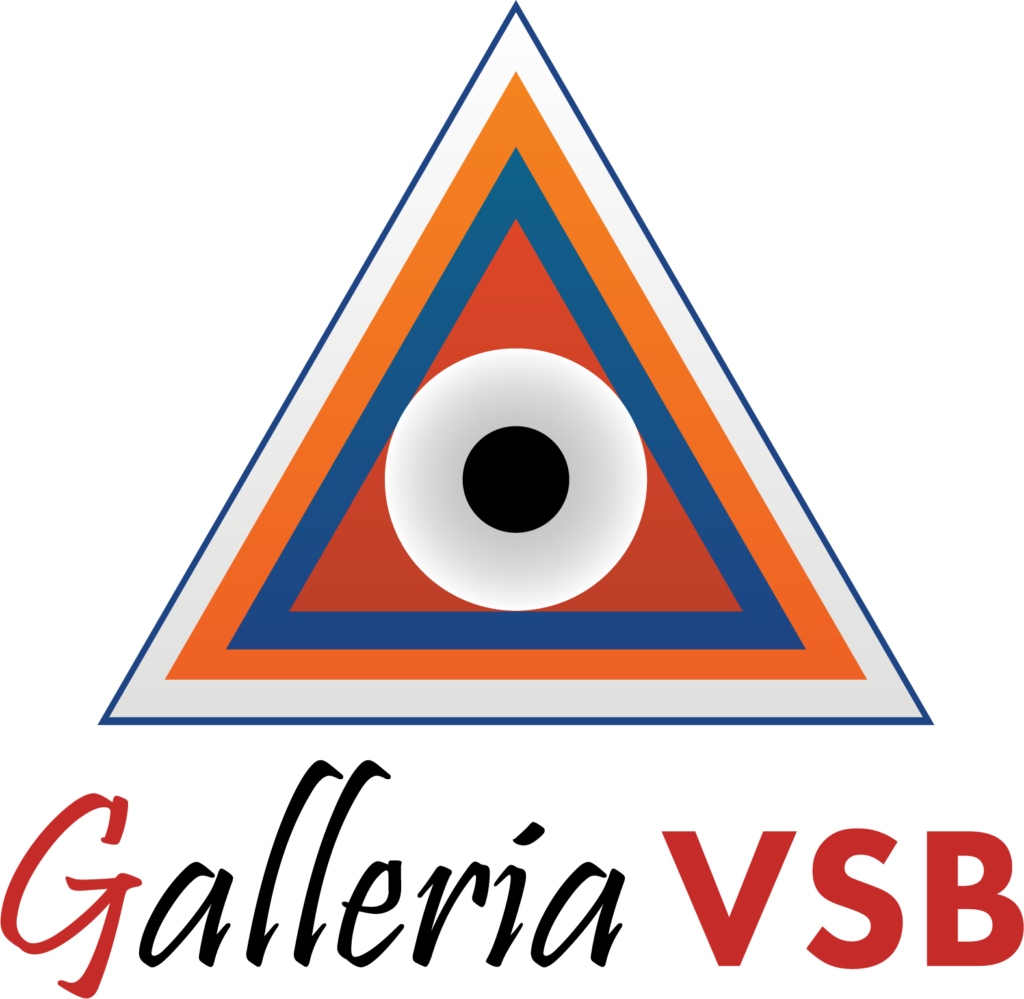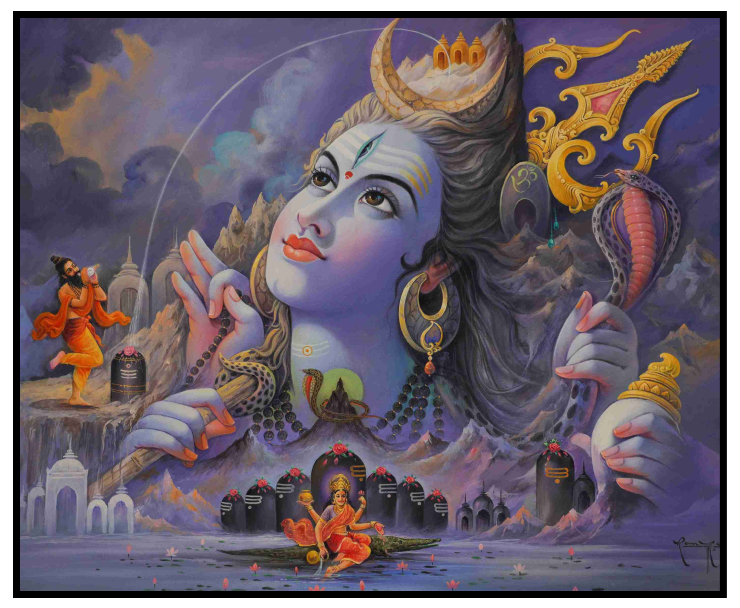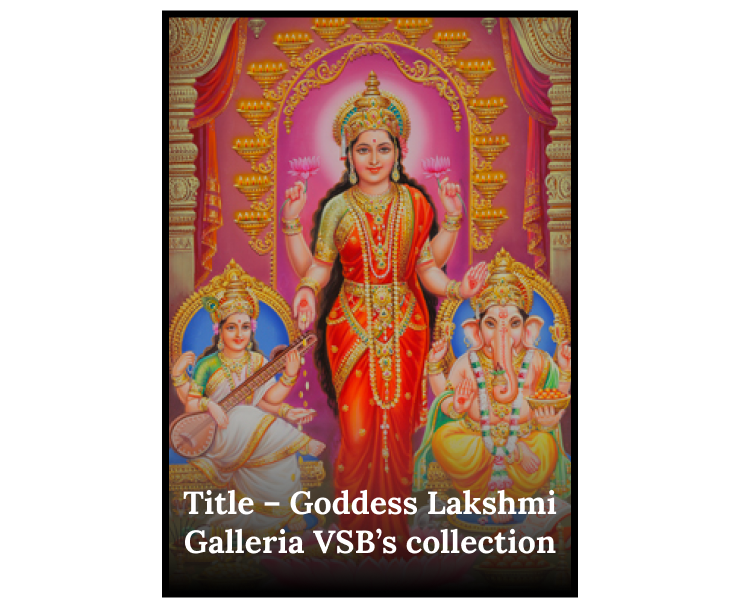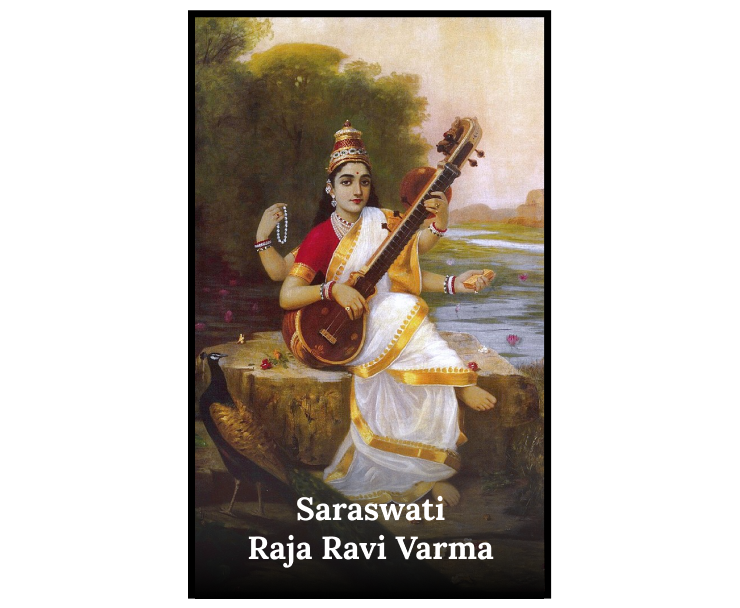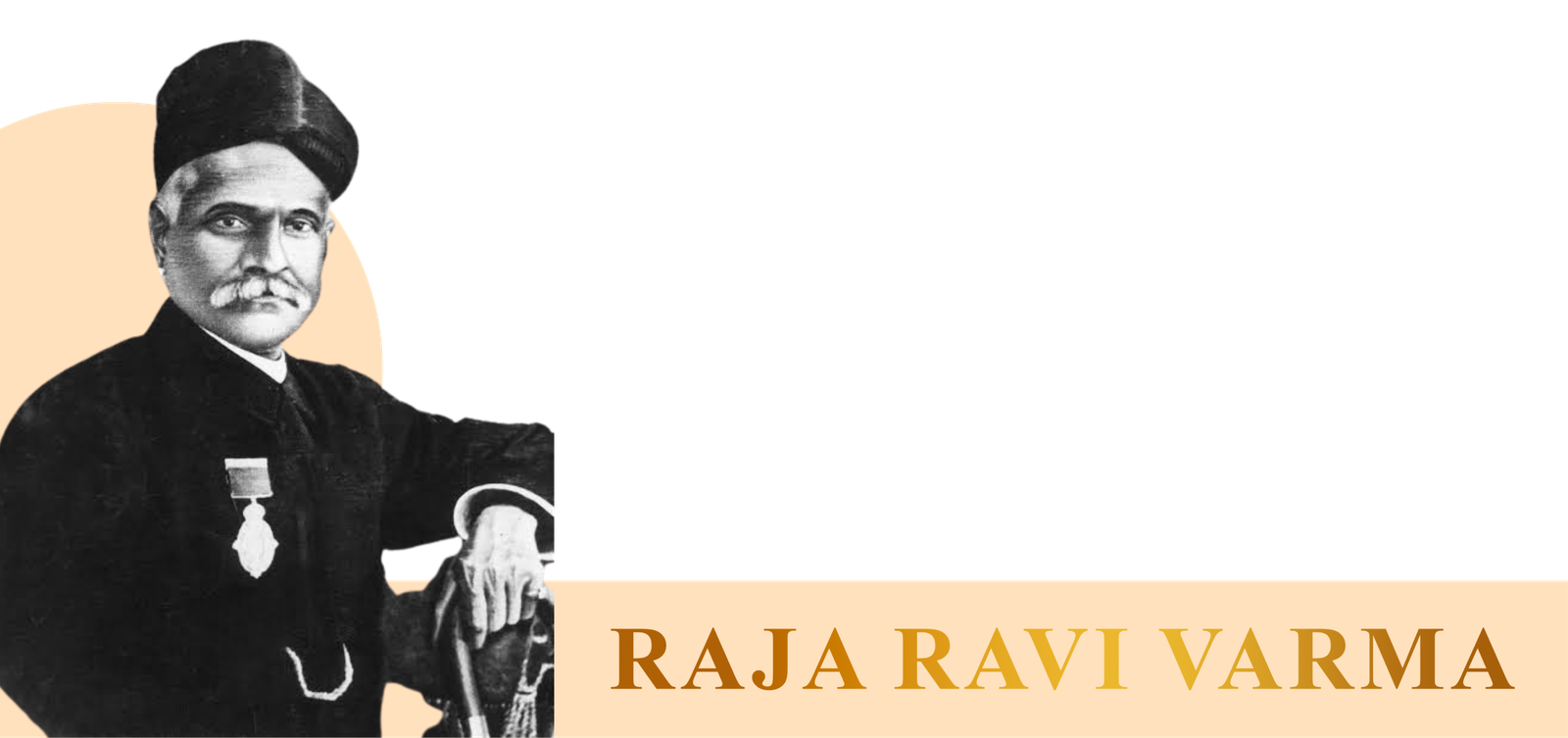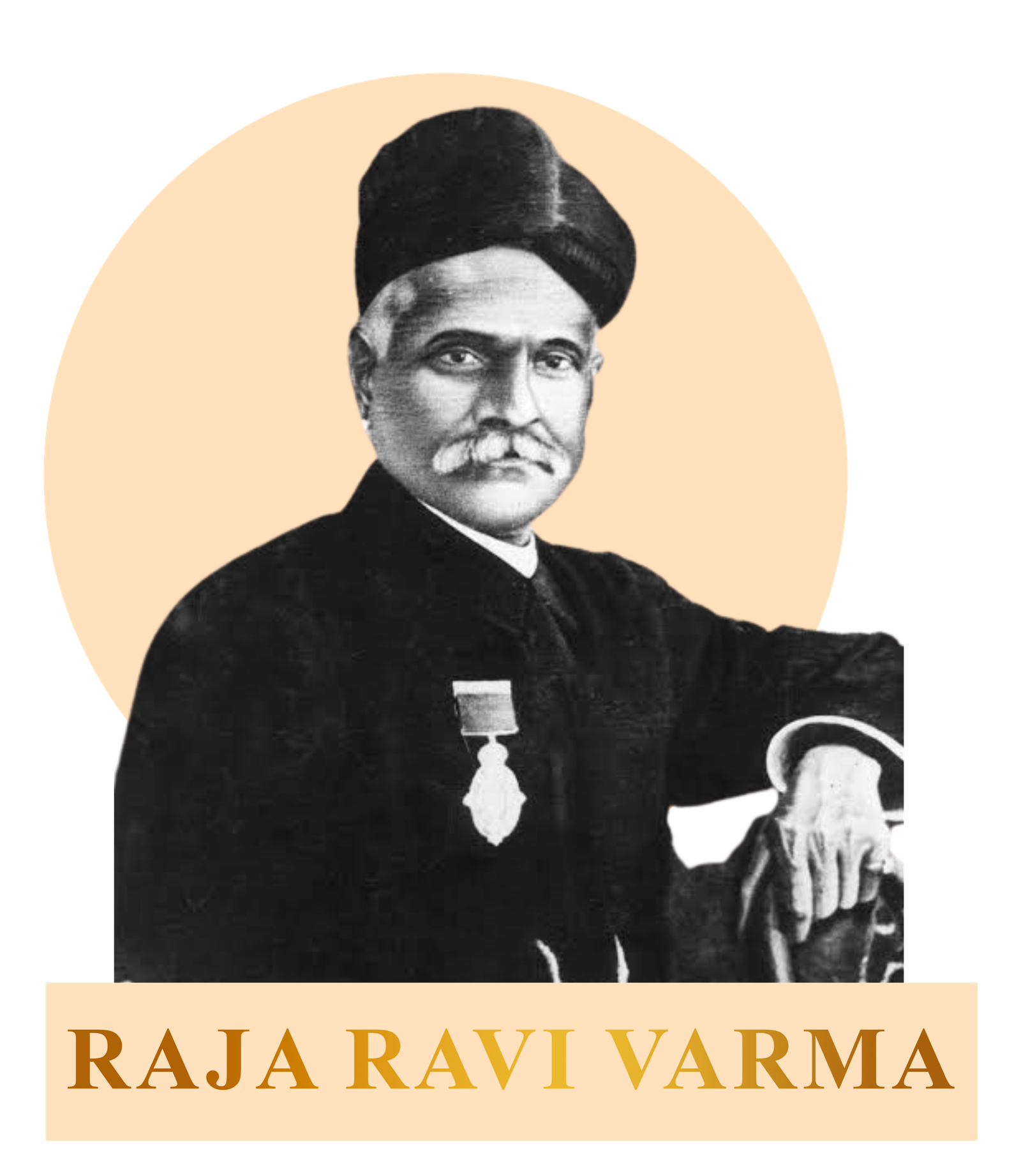- Artists
- Masters
- Allah Buksh
- Amrita Sher-Gil
- Akbar Padamsee
- Asit Kumar Haldar
- Abanindranath Tagore
- Abdur Rahman Chughtai
- B. Prabha
- B. Vithal
- Badri Narayan
- Bhupen Khakhar
- Chameli Ramachandran
- F.N. Souza
- Gaganendranath Tagore
- Hemen Mazumdar
- Jamini Roy
- J.P Gangooly
- Jogen Chowdhury
- J. Swaminathan
- K.H. Ara
- K.G. Subramanyan
- K.K. Hebbar
- Lalu Prasad Shaw
- M.F. Husain
- Manjit Bawa
- M.V. Dhurandhar
- N.S. Bendre
- Nandalal Bose
- Nicholas Roerich
- Ram Kumar
- Ramkinkar Baij
- Raja Ravi Varma
- Rabindranath Tagore
- Ramgopal Vijayvargiya
- Satish Gujral
- S.l. Haldankar
- S.H. RAZA
- Somnath Hore
- V.S. Gaitonde
- Collections
- Exhibition
- Philanthropy
- About Us
